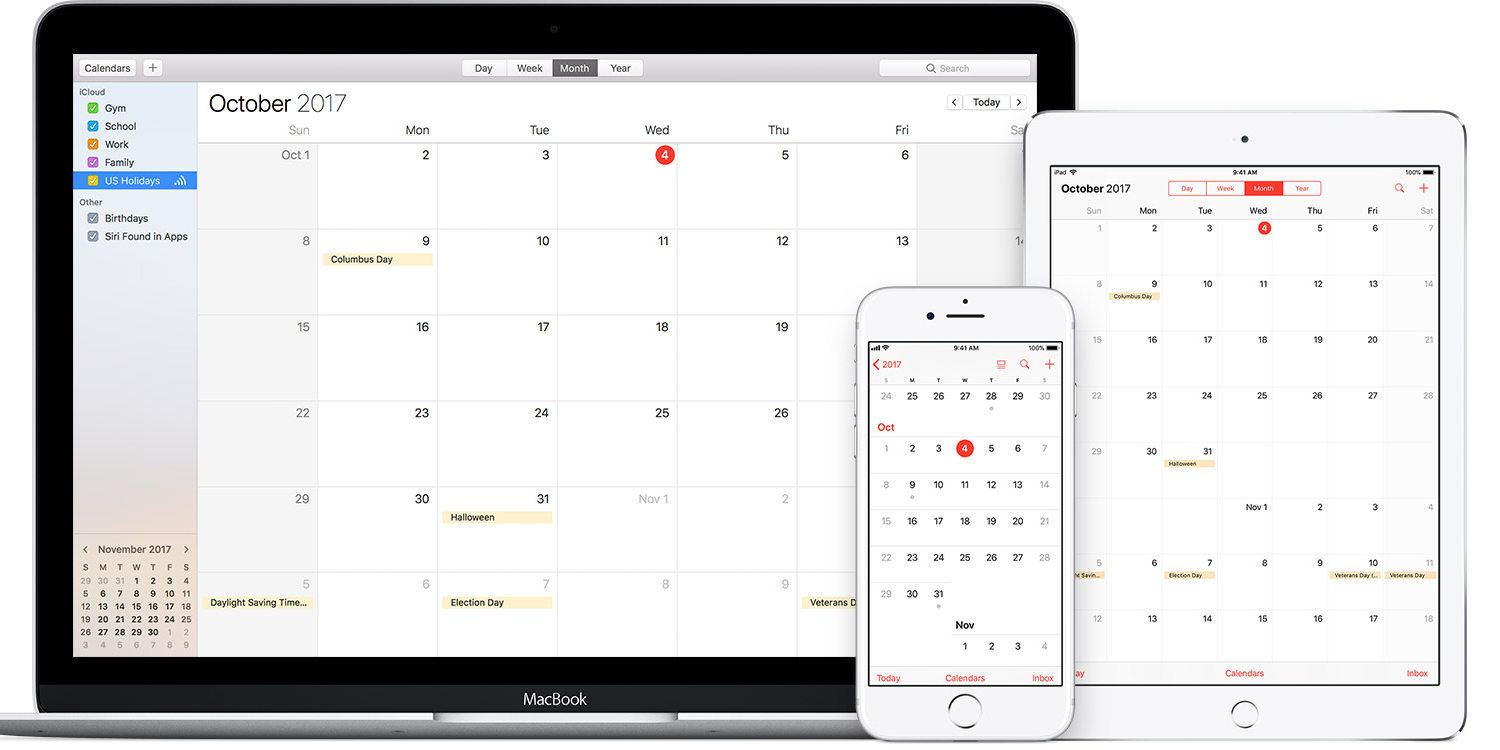
You likely already have a history of studying or working, so you likely already know when it’s your ideal time for work – the time when you’re the most alert, concentrated, and most likely to focus without distractions.

So, unless you have no choice (or find this practice natural for you), you shouldn’t sleep for 8 hours during the day, and then start working on priority tasks at 3 AM. When you need to block timeĪccording to the science of circadian rhythms, each activity has an opportune moment – there’s an ideal time for sleeping, eating, relaxing, and working on your priorities. When answering these questions, bear in mind that there are optimal time periods and duration for each task – you just need to figure them out.
When you need to block time, by defining specific start and end times.In the second step, time is the main component – you’ll need to decide: Once you’ve selected your priorities and compiled a comprehensive to-do list, it’s time that you define precise time blocks and mark them in your calendar. This way, you’ll avoid wasting 10 minutes on one email, and then rushing to finish the next one in 2 minutes (resulting in numerous errors) just to keep up with your impractical time block. For example, instead of allocating 1 hour to the task of “answering emails”, count the number of emails you’ve received that day and allocate 5 minutes to each email. Moreover, to make matters easier, you can even parse these tasks into smaller tasks, if possible. You can even add time estimates for each task, to make the next step easier. Or, they can be tasks you tackle every-so-often, like handling some urgent administration work, or conducting research for your new project.Įither way, make sure you highlight these priority and unavoidable tasks in your to-do list. These priorities can be recurring tasks you tackle every day, like answering important emails or handling client calls. Once you’re done brainstorming, you’ll likely find that you’ve listed a number of tasks that aren’t a priority or have a distant deadline – scrap these tasks for now, and aim to limit your daily schedules to 3-5 priority tasks per day.

This first step sets everything in motion – in it, you first need to brainstorm all tasks you may have to work on this week, and then work your way down from there. Time blocking involves 4 main steps you need to follow: Now that you’ve understood the gist of time blocking, here’s how it all works in more detail. Apart from helping him successfully run two colossal companies, time blocking also helped Musk exercise twice a week and spend about 4 days of quality time per week with his children. Work on the tasks during the prescribed time blocks, and aim to complete them before it’s time for the next time blockĪs mentioned, Elon Musk was the one who made this time management technique popular – he’d often work in 5-minute time blocks while he was the acting chairman of Tesla and SpaceX.Select specific time slots in your calendar and reserve them for the tasks.Add all your daily or weekly tasks to a to-do list.The gist of this time management technique is simple: You can schedule and follow time blocks for both business and personal tasks. Time blocking, or calendar blocking, involves defining specific time blocks for the tasks, events, and activities in your life, and then scheduling them against your calendar.

Here’s everything you need to know about this productivity strategy that will help you pursue big plans, but still spend time with loved ones: The exceptional entrepreneur Elon Musk always managed to find time for his kids, all while working 120+ hours per week and making plans with NASA to colonize Mars – thanks to a time management technique called time blocking.


 0 kommentar(er)
0 kommentar(er)
